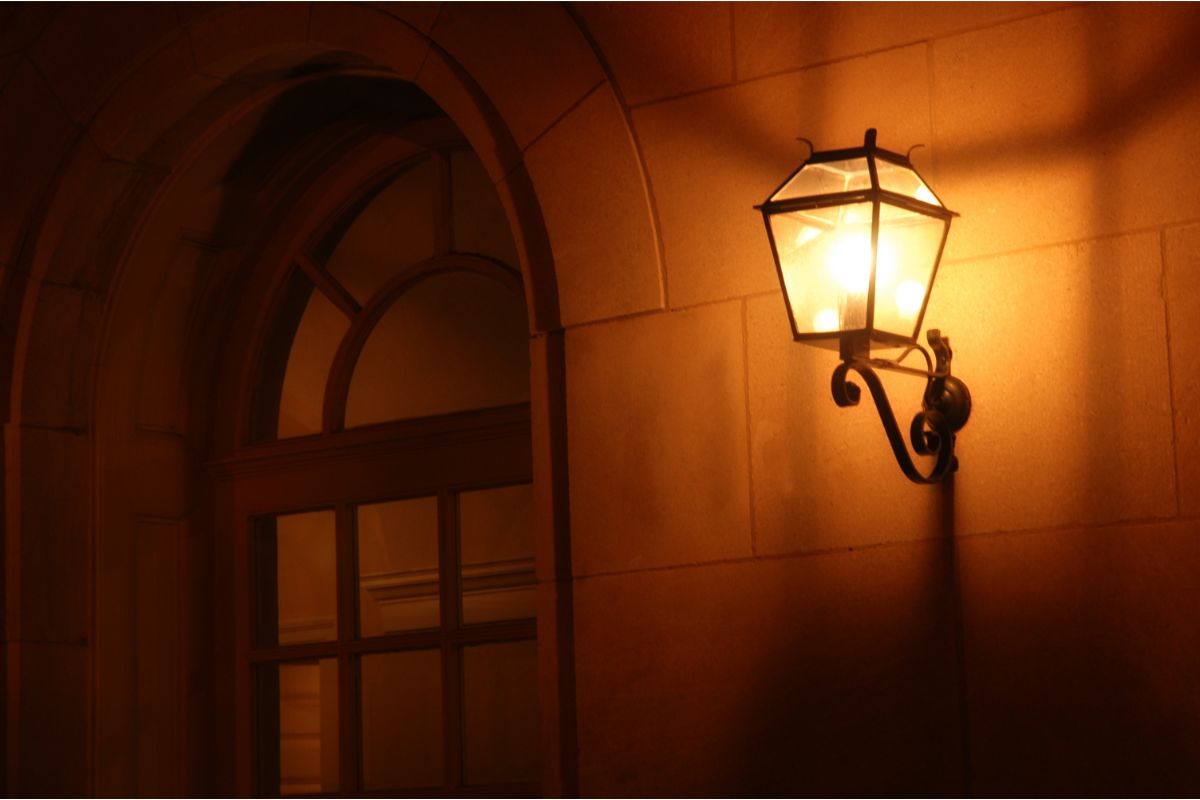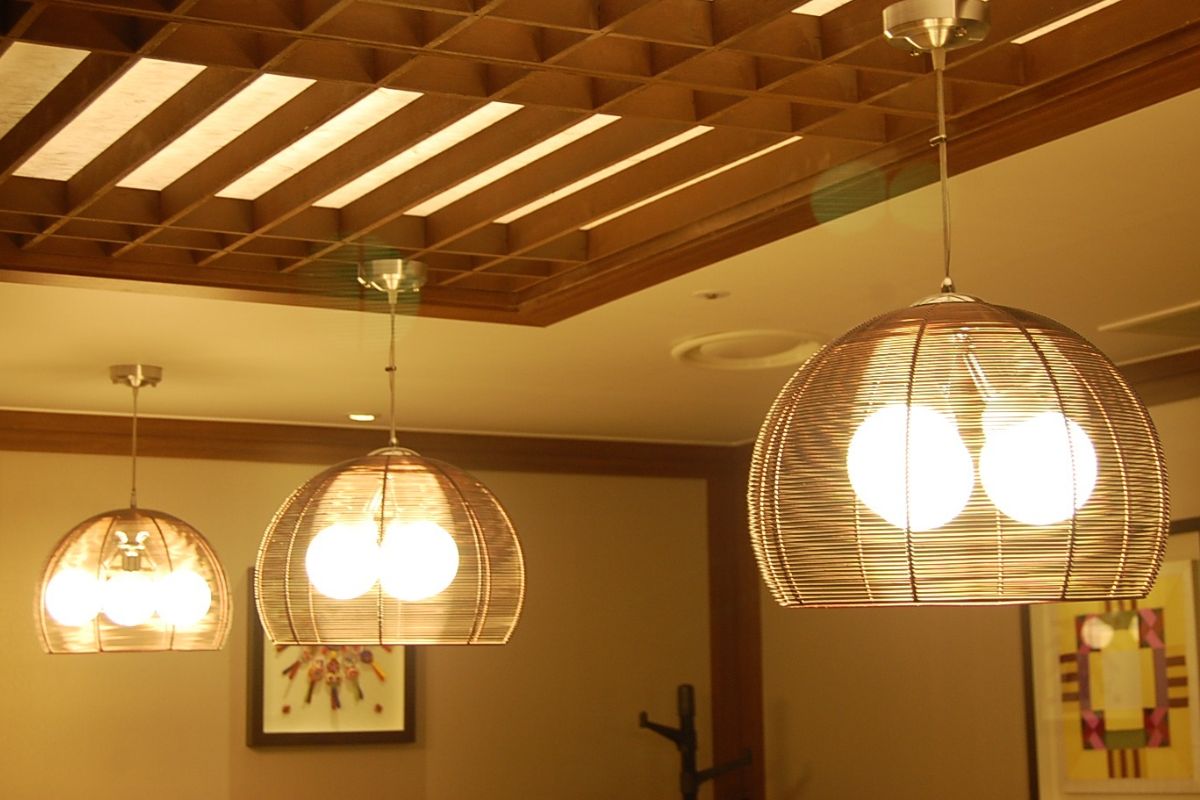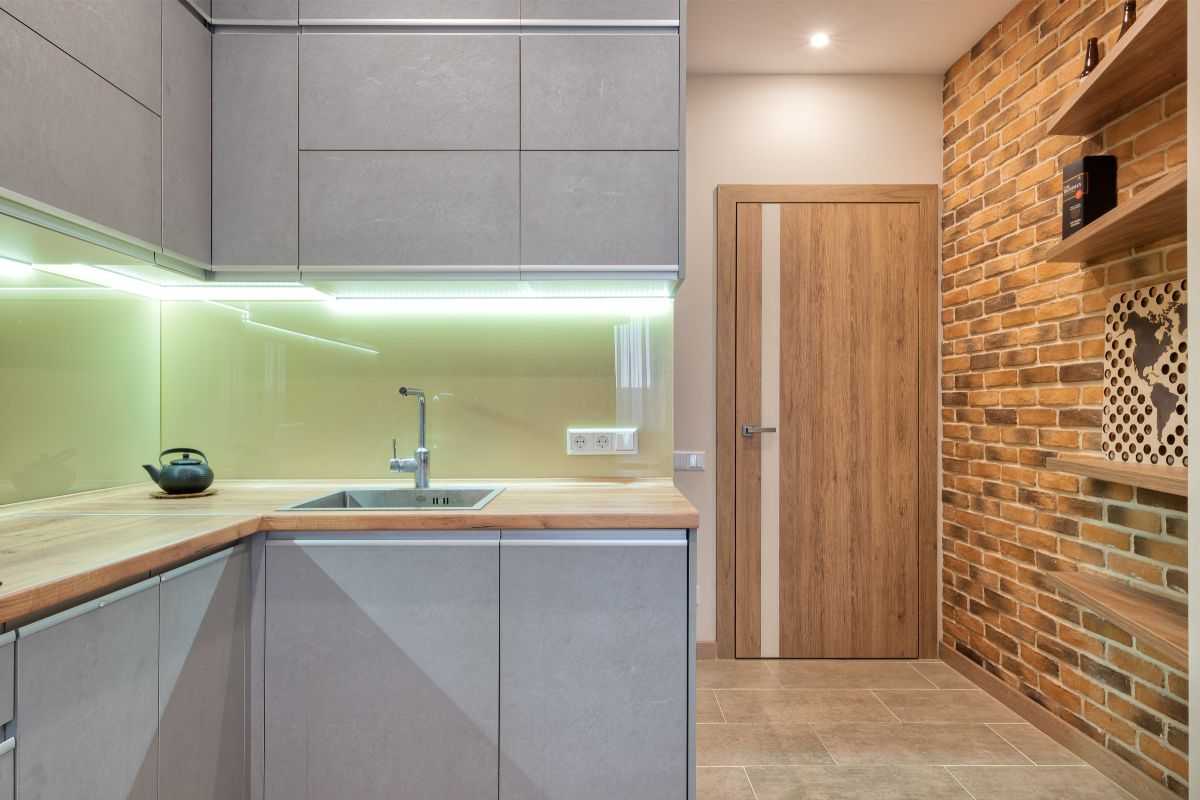Track lighting is by far the most underappreciated fixture type, hands down! Granted, it might not look as chic or streamlined as other fixtures, meaning it’s usually excluded from the home, but it can be a massive help in garage or shed spaces.

The fact you can swivel the lights almost 360 degrees and slide them up and down their track means you can use just one fixture in lieu of many expensive installations. You may have to use a stepladder to adjust them, but even so, they still make for a super convenient fixture.
However, one of the things that makes people a little hesitant to purchase and install track lights is not knowing how these lights are powered.
As such a flexible fixture, it’s easy to assume that the power requirements are complex to install, but this couldn’t be further from the truth. Here’s what you need to know!
Where Do Track Lights Get Their Power?
Track lights draw their power from your service board, the same as any other light in your home, and to make the switch from standard overhead to track lighting, all you need are the adapters that come with all track lighting system kits.
And just to clarify, fitting track lighting where an overhead once was is not a challenging task. You won’t have to run any wires or make new connections to a breaker. All that stuff was done to install the original overhead.
Essentially, your goal is to remove the overhead fixture, then connect the wires left behind to the power box of your track lighting. The same wires that powered your overhead will then power your track lighting.
How Does Power Get To The Track?
The process of bridging power from the overhead wires to the track of your track lighting system may differ ever so slightly from kit to kit, but generally speaking, it goes a little something like this…
- You’ll connect your wires to the power box of the kit.
- The power box has its own set of wires that hang through a gap in the mounting plate.
- These wires connect to an electricity box that is snapped into place in the middle of the track.
- A canopy is then placed over the mounting plate and electricity box to keep all the inner workings sealed in and to provide a finished look to the installation.
So, as you can see, there’s really nothing complicated about the path of power to your track lighting system… just bog standard conductivity and two bridging modules that will arrive with whatever kit you choose.
Speaking of which, if you’re having trouble selecting a track lighting kit, I highly recommend checking out this WAC system, as, despite the manufacturer’s name, it’s anything but whack!
The sleek black finish fits seamlessly into most spaces, and as the track is 4 feet long, it’s insanely versatile. Plus, with a 90° tilt function, all four lights that arrive with this kit can be used as down lights for task-oriented work.
How Does The Power Get To The Lights In A Track Lighting System?
Your next question is likely to do with the transition of power from the wiring to the track itself and how the lights are able to slide up and down without turning off.
Well, here’s what makes track lighting so amazing… the track isn’t just a track. Hidden from the eye and kept well away from reaching hands is a strip of conductive material that runs along its entire length.
When the electrical box is installed in the center of the track, it makes contact with this conductive strip and sends power shooting along both sides of the track. Now, the lights are attached to the track via what we call track heads.
They clip into the track just as the electrical box did, and when in place, they too have a conductive network that makes contact with the metal strip in the track. The power filters through this final channel to reach the light bulb and illuminate your space.
How Do You Activate Track Lighting
If you replace a traditional overhead with track lighting using a track lighting system kit, you’ll activate them with whatever light switch you used to operate the original overhead.
However, there are a number of track lighting systems out there that utilize remote control technology, so you can control them from anywhere within the range of the control.
Having said that, most remote control track lights aren’t hardwired into your panel. They tend to be much more affordable, semi-permanent units that you’ll install on a surface with some screws, toggle bolts, or maybe even an adhesive strip.
As they’re not connected to your service panel, they rely on batteries to work, allowing you to turn them on, off, and sometimes dim or change the color of the lights remotely.
Others, like this BigLight unit, come with a standard plug. To power them, you simply insert the plug into a wall outlet and press the on-unit on/off button.
Others still enable voice command remote control via Alexa.
You don’t even have to lift a finger to operate them, however, as far as I know, there are no designs currently on the market equipped with motorized tracks that allow the user to move the lights up and down the track automatically. For now at least, this must be done manually.
Final Thoughts
Many people disregard track lighting as an option when renovating their living or workspace because they don’t understand how it works and assume it would be a huge conversion, but the truth of the matter is that it’s one of the easiest DIY lighting tasks out there.
The only bit that might cause some trepidation is hardwiring the power box into your electrical system via your overhead wires, as, typically speaking, track lighting needs power from your service panel, but all you have to do is match the wires color-to-color.
If that still sounds like too much fuss for you, one of the semi-permanent options on the market will save you from having to work with wires at all!



